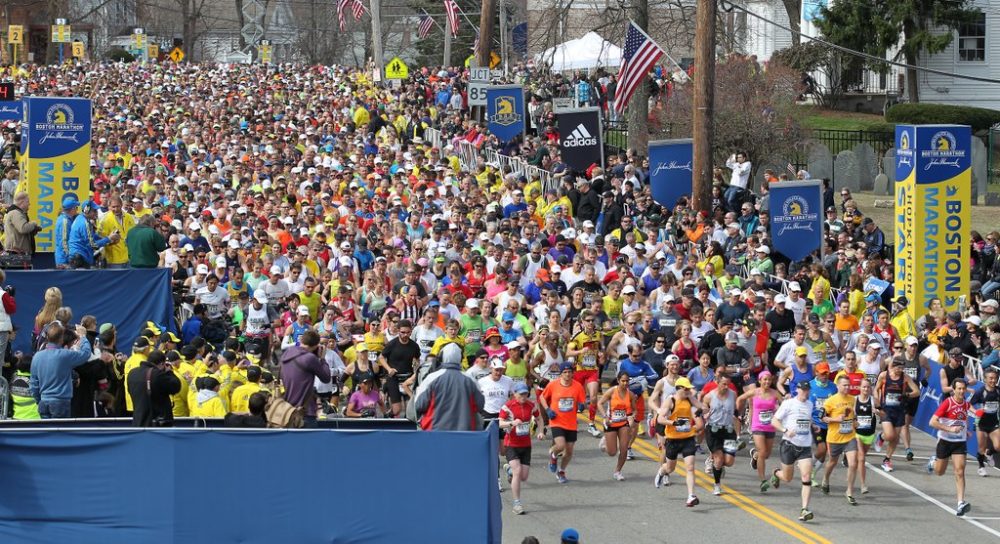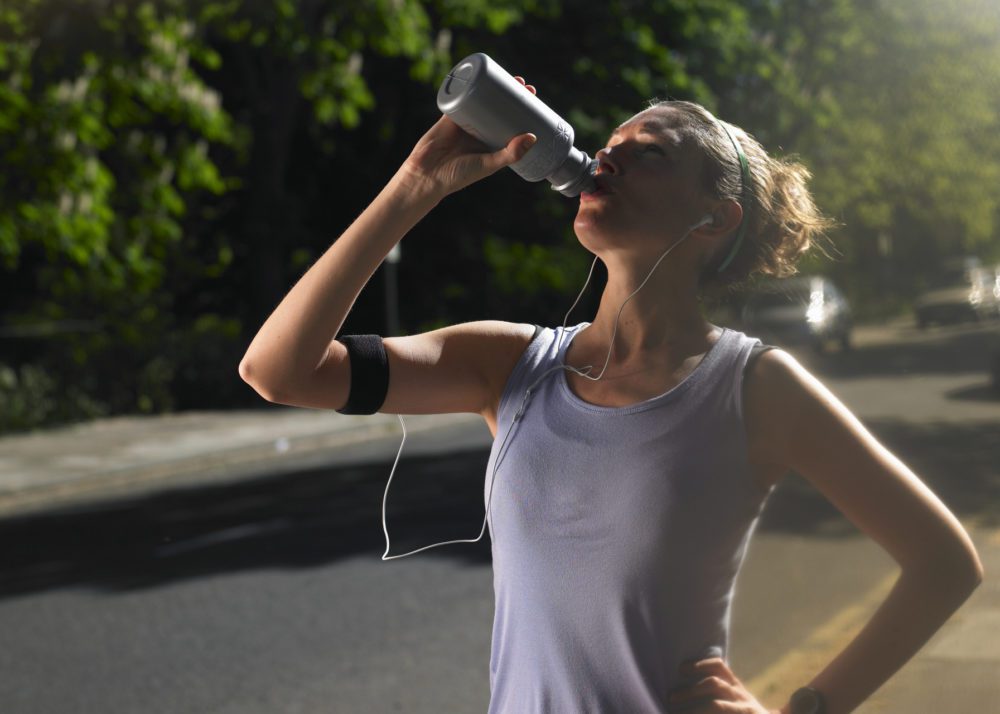Boston Marathon study finds younger, faster runners are at greater risk for heatstroke
Using data from four Boston Marathons, the researchers assessed which runners are more susceptible to the most serious type of heat injury

Although it doesn’t feel like it in many parts of the country, summer is on its way and with that, summer running. While you may not have to battle the cold, harsh conditions of the winter during the summer months, you do have to deal with the heat, which presents its own set of challenges. Heatstroke, while not the most common problem experienced by runners, can be a risk associated with running in hot conditions. The medical team at the Boston Marathon recently published a study on heatstroke among the race’s participants, shedding some light on who is more susceptible to heat illness.

RELATED: The training benefits of running in really hot weather
What is heat stroke?
Heatstroke (also referred to as exertional heatstroke (EHS) if it occurs during exercise) is the most serious form of heat injury. It’s usually a result of prolonged physical exertion in hot conditions and occurs when your core body temperature rises to 104C or higher. If not treated right away, heatstroke can damage your heart, brain, kidneys and muscles. Aside from high body temperature, signs and symptoms include an altered mental state or behaviour (like confusion, slurred speech, irritability or delirium), nausea and vomiting, flushed skin, rapid breathing, racing heart rate or a strong headache.
Who’s at greater risk?
The Boston Marathon study, published in the Journal of Medicine and Science in Sports and Exercise assessed associations between EHS and sex, age, prior performance and environmental conditions using data from Boston Marathons between 2015 and 2019, and found that younger, faster runners were at a greater risk for EHS while running a marathon.
Amoung 136,161 starters, the researchers found 50 cases of EHS, which represented about 0.5 per cent of all medical encounters at the race during those four years. Each case occurred at races that had an average wet bulb globe temperature (a measure of the heat stress in direct sunlight, which takes into account temperature, humidity, wind speed, sun angle and cloud cover) between 17 and 20C. They determined that participants younger than 30 years and who were assigned to the first two waves (and are therefore faster) were more likely to experience EHS than any other group.

The report doesn’t go into why this might be the case, but whatever the reason, runners should be aware that even at a relatively low temperature, there is still a risk of EHS when you’re running for long periods of time, as in a marathon. It’s important to hydrate before, during and after the race to lower your risk of heatstroke, and to know the signs, so you can take action before it becomes life-threatening.
RELATED: How much water should runners drink?


